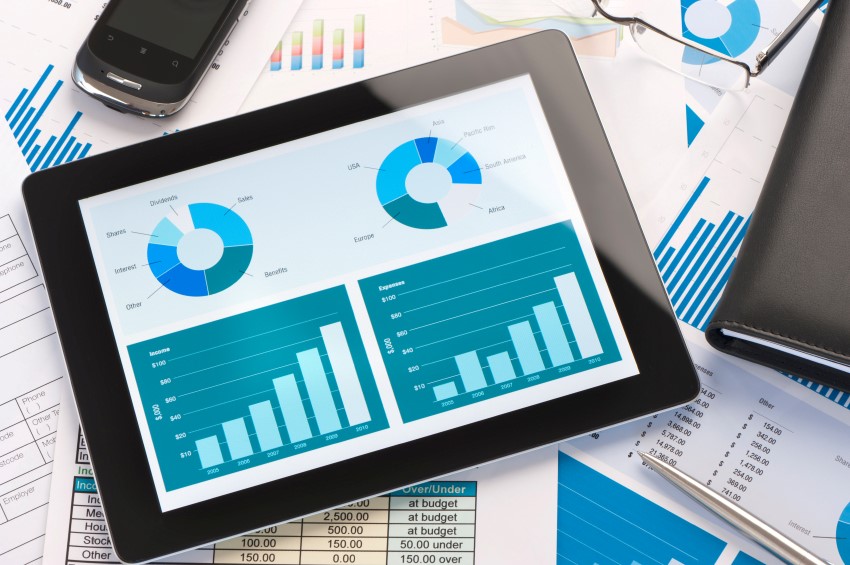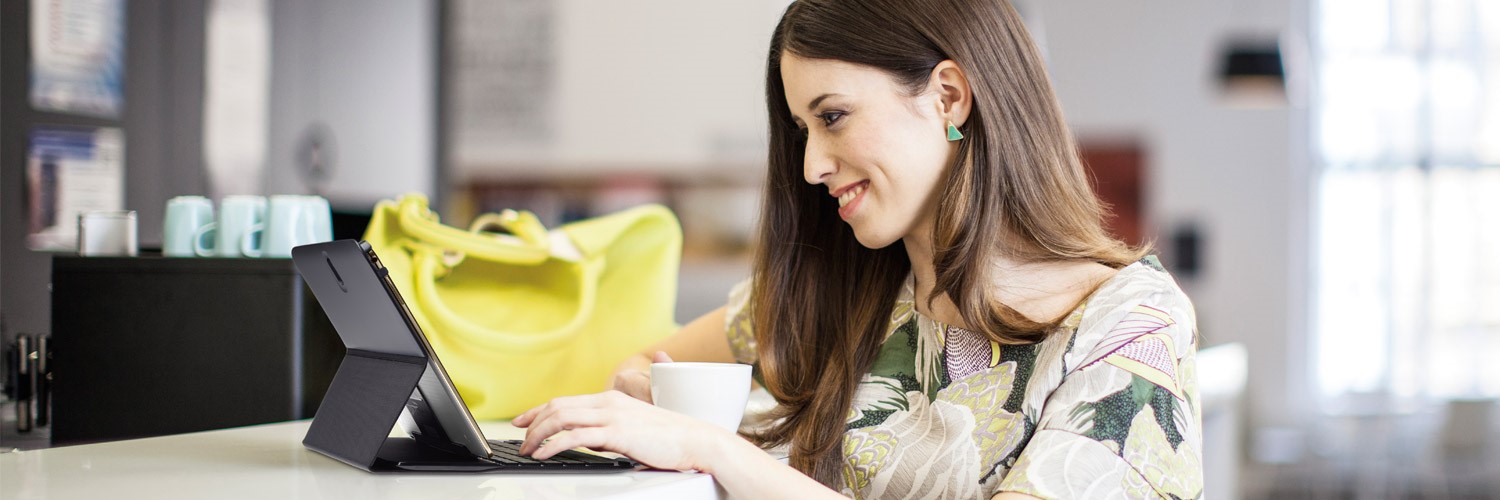The rise of tablets in the workforce is not only changing how and where work gets done, but also altering the workflow process altogether to increase productivity and collaboration.
A new analysis from The Future of Mobile Devices from a Customer Perspective Report—United States and Europe finds that by 2016, the use of tablets is expected to increase from 49 percent to 56 percent. As more data-intensive mobile applications migrate over from laptop to tablet, it marks a significant shift from employees using tablets for consuming content to using tablets for creating content.
The New Mobile Workforce

With an increasing number of the workforce commuting with tablet in hand, it makes sense for businesses to use the same devices and technology that employees are already intimately familiar with. Saving on hardware costs and allowing workers to access company resources from any location, this newly earned flexibility also brings together remote workers with their office counterparts and allows content to be shared across both older and new platforms.
BYOP (Bring Your Own Peripherals)

Despite the tablet’s many advantages, there is still some resistance from employees and employers who feel that tablets fall short when it comes to doing traditional computing and more complicated tasks. Even composing a simple email using a touch screen can feel like an endurance test. But with tablet peripherals, a physical keyboard grants access to the same typing shortcuts and makes writing and data entry easy to manage. Other audio peripherals like external speakers or headsets can also improve user comfort during conference calls.
The same Gartner study found that 61% of respondents say that the use of a physical keyboard has extended the scope and duration of daily use of the tablet in the workplace. These peripherals or accessories render any tablet into a two-in-one mobile device that works as a fully functional laptop. Along with a full mobile computer, users also benefit from a thin, lightweight design and avoid the sometimes lengthy boot-up time of a traditional laptop.
Tablet Trends
Today, professionals are looking for tablets that can multitask and easily connect with existing business tools, processes and infrastructure. “Tablets are good at quick access to information, email and replacing paper, but they’re not replacing mainstream computing yet, “says Maribel Lopez, principal analyst at Lopez Research, in an interview with Intel. “It’s a matter of being able to run all the necessary business applications and services.”
Visual-based professionals that require larger screens and specific software will always view tablet devices as an accessory, but for commercial industries, such as education or health, they are already becoming the main platform with room to grow. For now the platform is there but the software needs to catch up. Soon tablets will no longer be an additional cost for IT services but actually reduce spending overall.
Interested in learning more? Explore Logitech’s business-oriented tablet peripherals here.









